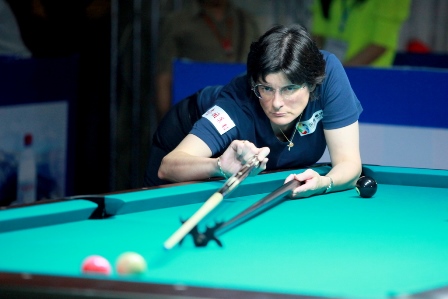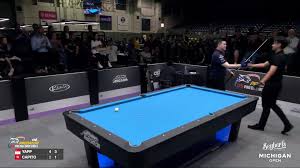
Depending on the manufacturer and the type of plastic or resin used, pool balls can have a wide range of designs and colors. A quality pool ball is essential for professional skill development and can make all the difference in playing pool. A set of high-quality balls will last a lifetime.
The first pool balls used to be made of wood. As the game evolved, producers sought to find better materials to satisfy the growing demand for high-quality ball. In the 17th century pool balls were made from ivory. This material was very popular as it was strong and smooth. It was also fairly inexpensive to produce. Manufacturers looked for other alternatives as the elephant population declined during the latter part of the 19th Century.

Leo Baekeland (an American chemist) created a new type of plastic in 1907. In the 1920s, bakelite was popular as a choice for pool balls. Compared to celluloid balls, bakelite was less flammable and more durable. It was easy to make and didn't explode. Although it is a kind of plastic, it's not the same resin as today. It is thermosetting and cannot be melted.
The next pool ball was made from a combination of alcohol and nitrogen. This resin is still used today, and it is called phenolic resin. Phenolic resin is also used for circuit boards. It is the most popular resin for pool balls because it is strong and sturdy. It is used in making pool balls, in a manner similar to bakinglite.
Polyester is another plastic used to make pool balls. Polyester is more affordable than phenolic. Polyester does not last as long as phenolic, however. Also, polyester isn't very durable. Polyester pool balls are more susceptible to deterioration. They also don't last as well as phenolic-resin balls.
Saluc, a Belgian company that manufactured pool balls, started production in 1923. Saluc is best known for Aramith, a company that makes pure phenolic-resin balls. Aramith balls contain a mix of bakelite, phenolic, and phenolic ingredients. Phenolic resin is a thermosetting plastic that is usually very durable. It can last up to 40 years. You can use it for volleyball balls. They are extremely durable and can withstand over 400,000 impacts.

Apart from the above, pool balls can also be made with other types plastic. Polyester pool balls, while being cheaper than phenolic resin balls, are less durable than phenolic. Polyester pool balls won't last as long as those made from phenolic resin. They are however affordable and long-lasting enough to be used by beginners. The best pool balls for tournaments are made of phenolic resin, but they can be expensive.